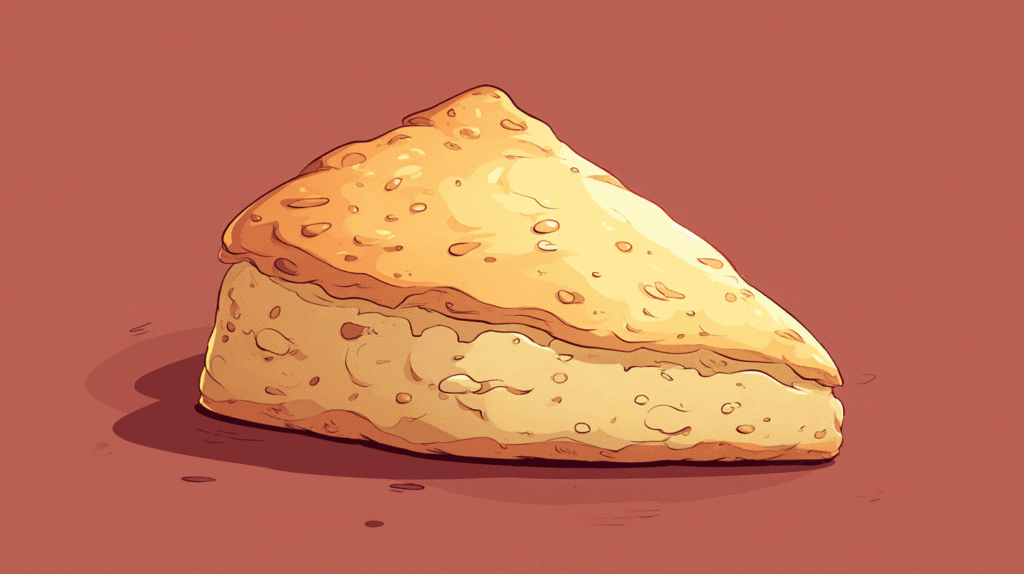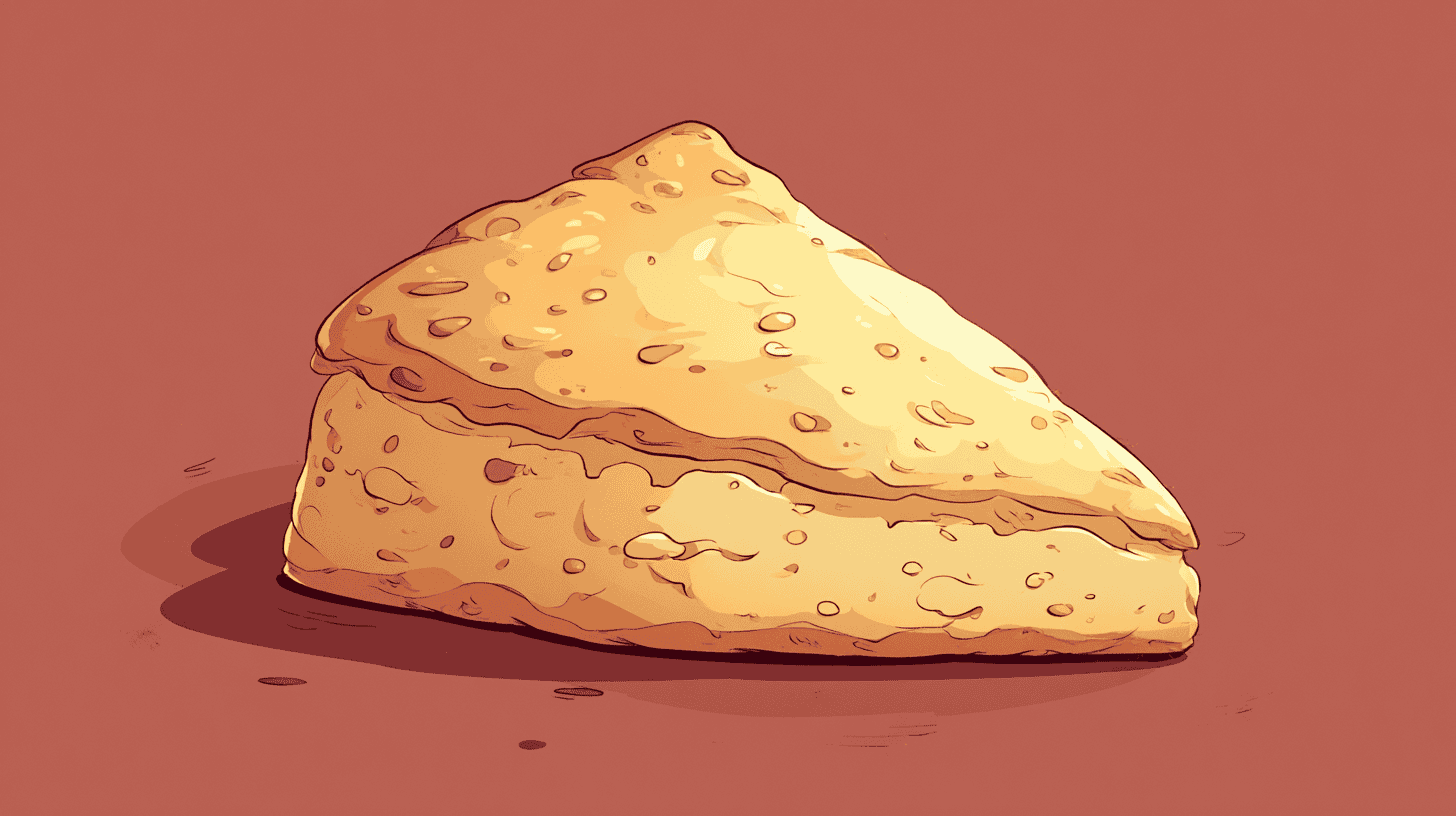Table of Contents
Can Diabetics Eat Scones? A Clear Guide to Safe Choices and Alternatives
If you’ve got diabetes, you might be wondering if scones are totally off the table. Traditional scones are usually packed with carbs, sugar, and butter—so yeah, they can spike your blood sugar more than you’d like.
But not every scone has to be a sugar bomb. With some tweaks—think whole wheat flour, less sugar, or tossing in some healthier stuff—you can make or find scones that are a bit more blood-sugar-friendly.
If you know what to look for or how to make them, you might just be able to enjoy a treat without the usual blood sugar drama.
Key Takeaways
- Scones are often high in carbs, which can send your blood sugar up fast.
- Swapping in healthier ingredients can make scones less risky.
- Watching portions and making smart substitutions helps keep things safer.
How Scones Affect Blood Sugar Levels
Scones can bump up your blood sugar since their ingredients—like sugar and white flour—are digested super fast. The specific carbs, fats, and sugars in a scone all play a role in how much your blood glucose jumps.
Scone Ingredients and Their Impact
Most scones are made with white flour and sugar, which your body breaks down quickly. Butter adds fat, which slows digestion a little, but doesn’t really offset the sugar.
If you toss in dried fruit or even more sugar, it gets worse for your glucose. Some “diabetic-friendly” scones use less sugar and more whole grains, which helps, but the size you eat still matters.
A big scone? More carbs, more of a spike.
Carbohydrates and Simple Sugars
Carbs are the main culprit when it comes to scones and blood sugar. Most scones are loaded with simple carbs that your body turns into glucose in no time.
A plain scone usually has about 40 grams of carbs—mostly from sugar and refined flour. Simple carbs hit your blood sugar hard and fast.
If you’re managing diabetes, keeping an eye on the carb count in your scone is key. Eating a smaller scone or pairing it with protein or fiber can help soften that spike.
Glycemic Index Considerations
The glycemic index (GI) tells you how fast a food raises your blood sugar. Most scones clock in with a high GI thanks to all that white flour and sugar.
Usually, scone GI ranges from 60 to 80, so you get a moderate to big jump in blood glucose. High-GI foods aren’t ideal if you’re trying to keep things steady.
Scones made with whole grains or lower-GI flours are a better bet. Some recipes toss in nuts or seeds, which help too. And honestly, what you eat with your scone matters—pairing with low-GI foods can take the edge off.
Scone Nutrition: Health Implications for Diabetics
Scone recipes are all over the place, so the nutrition can vary a lot. Knowing what’s in the scone you’re eyeing helps you keep your blood sugar and overall health in check.
Macronutrient Breakdown
Most scones are heavy on carbs from refined flour and sugar—so yeah, quick blood sugar rise.
Fat is usually moderate or high, mostly from butter or cream. A little fat isn’t bad, but too much saturated fat could mess with your heart.
Protein’s usually on the low side unless the recipe adds nuts or cheese. Protein helps slow things down digestion-wise, which is good for blood sugar.

Calories and Fiber Content
Scones usually run about 150-250 calories each, give or take. That adds up if you eat more than one.
They’re not big on fiber unless you use whole grains, nuts, or dried fruit. Fiber is great for slowing sugar absorption and keeping you fuller.
A scone with more fiber can help with digestion and might keep you from reaching for seconds.
Role of Dried Fruits, Berries, and Nuts
Dried fruits like raisins or apricots sweeten things up but also pile on extra sugar. That’s not great for blood glucose.
Berries—especially blueberries—are a bit kinder, with fewer sugars and some vitamins and antioxidants. They can make your scone a little healthier.
Nuts add protein, healthy fats, and fiber, which makes the scone less likely to spike your blood sugar.
Scones Compared to Other Baked Goods
Scones generally have more fat than muffins or some pastries, thanks to all that butter or cream. That bumps up calories and can be rough on your heart.
Muffins and pastries might have more sugar, so they can spike blood sugar even faster.
If you go for scones with whole grains, nuts, or berries (and keep portions reasonable), they might actually be a smarter choice than some other baked goods.
Making Scones Diabetic-Friendly
You can totally tweak scones to fit a diabetic diet. Using low-carb flours and less sugar makes a big difference. Adding savory stuff or lean protein can also help make them more filling and less likely to cause a sugar rush.
Low-Carb and Sugar-Free Scone Variations
To cut carbs, try swapping regular flour for almond flour, ground almonds, or coconut flour. These have fewer carbs and add some healthy fats.
Skip the white or brown sugar. Go for sugar-free sweeteners like stevia or erythritol. If you really want something natural, a tiny bit of date sugar works—but don’t overdo it.
Use low-fat or unsweetened milk or milk alternatives to keep sugars and calories down. A basic mix of almond flour, baking powder, eggs, butter, and a sugar substitute can get you a decent, diabetic-friendly scone.
Swapping Ingredients for Better Health
Ditch all-purpose flour for whole wheat or spelt flour—more fiber, slower sugar absorption. For fat, use less butter or try olive oil for a healthier twist.
Adding lean protein like Greek yogurt or a little cheese gives richness and slows energy release. Steer clear of recipes loaded with sugar or enriched flour.
Spices like cinnamon or cayenne give flavor without extra carbs. They can even help with blood sugar control and make things more interesting.
Savory and Cheese Scone Options
Savory scones skip the sugar and focus more on protein and fat, which is a win for diabetics. Try low carb cheese scones using whole wheat or almond flour, mature cheddar cheese, and maybe some spring onions.
Toss in spinach or other greens for extra nutrients with barely any carbs. White pepper or cayenne can add a little kick. Cheese scones give you protein and calories without the sugar spike.
Bake these for breakfast or a snack, and pair them with lean protein to help keep your blood sugar steady.
Serving Suggestions and Alternatives for Diabetics
What you eat with your scone can make a big difference. Pairing scones with the right foods, toppings, and drinks helps keep your blood sugar in check.
Healthy Snack Pairings
Try pairing scones with snacks that won’t mess with your blood sugar. Fresh veggies like cucumber or bell pepper are a solid choice.
Nuts—almonds or walnuts—add protein and healthy fats, which slow down sugar absorption. Low-sugar fruits like berries bring some sweetness without a carb overload.
Maybe skip high-carb sides like regular crackers or chips—they’ll just push your blood sugar higher.
Toppings to Avoid and Prefer
Ditch sweet toppings like honey, jelly, or regular jam. They’ll spike your blood sugar fast. If you want a fruity spread, look for sugar-free or low-sugar versions.
For cream, go easy—whipped cream is better than clotted cream since it’s usually lighter. A bit of plain butter is okay. Steer clear of sugary frostings or heavy spreads that just add more carbs.
Drinks and Sides with Scones
Sweet drinks like fruit juice or soda? Probably best to skip those. All that sugar can send your blood sugar on a rollercoaster.
Water, unsweetened tea, or just plain black coffee are safer bets. No carbs here, and they keep you hydrated.
Craving something creamy? Try unsweetened almond milk, or maybe a splash of low-fat milk. Way better than those sugary creamers.
For sides, a small salad works well. Steamed veggies are another solid choice if you want more fiber and nutrients, minus the extra sugar.
